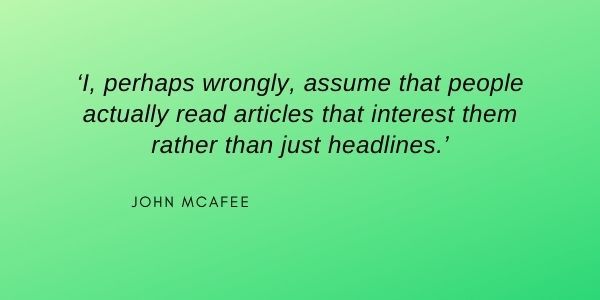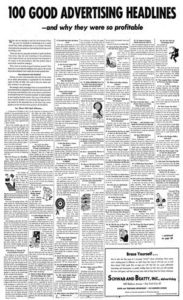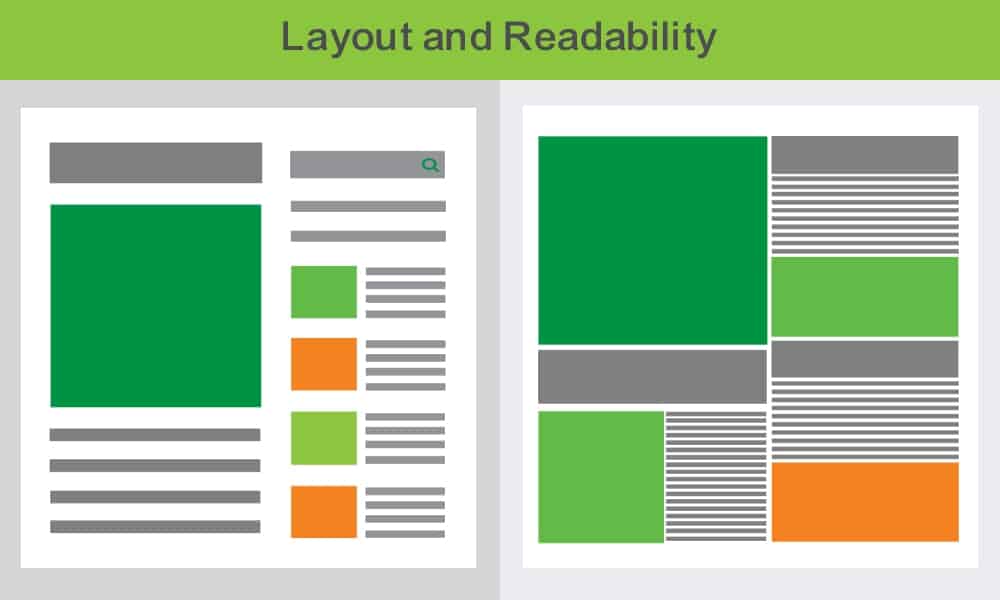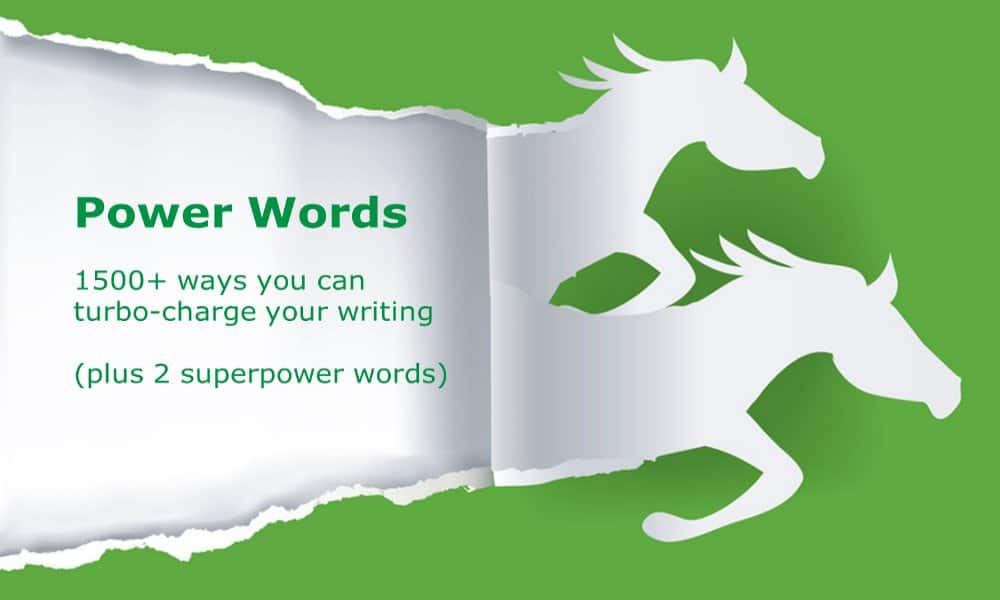Time to take a step back and remember why you decided to write blogs in the first place.
It’s not just so your site shows up in Google search results. Let’s face it, being on page one of Google doesn’t mean anything unless people click through to your site. And getting them to click through doesn’t mean anything unless they read the damn blog!
So how do you do that?
Start by writing blog titles which suck visitors in.

Why headlines, subject lines and blog titles are important
‘Five times as many people read the headline as read the body copy.’
This famous quote from advertising man David Ogilvy continues:
‘When you have written your headline, you have spent eighty cents out of your dollar.’
That rule holds today.
Orbit Media found that bloggers who wrote 10 or more headlines for each post were more successful. 84% more successful, in fact.
Only two things delivered more success than writing blog titles over and over to get the best possible option. Those two things were
- Publishing daily.
- Writing posts of more than 3000 words
Who has time to write a 3000 word blog post every day? No one I know. But plenty of us could spend time on writing more and better blog titles.
How do you write better blog titles?
This is of course the 64 million dollar question. What’s going to make someone want to read more?
Let’s start with some general principles
-
Understand your customer and what they care about
This is how you choose topics for your blog in the first place. If your target customer isn’t interested, it doesn’t matter what you write. They won’t read it.
-
Speak their language
There are at least 171,476 words in the English language. You can say the same thing in many different ways. If you want your target audience to feel at home, try using the words they use.
Find those words in reviews. Your own (positive) testimonials are ideal. If you don’t have enough of those, look at something similar. Go to Amazon and read reviews of books on a related topic. Visit competitor websites and industry forums. Notice the words and phrases which come up again and again.
Those are the words to use. Not just when writing blog titles, but in the blog copy too.
-
Use emotion
Emotions engage. People are more interested in feelings than facts. So use emotional language to get people interested. No surprise that so many power words are emotional.
Remember, emotion can be positive or negative. Positive emotion usually works best (win, succeed, inspire), but negative emotions like fear (beware, avoid, risk) are better than no emotion at all.
-
Use curiosity
If you give away everything in the title, people don’t have a reason to read more. Instead, entice them in.
- Secrets of…
- What I wish I’d known about…
- Insider tips…
-
Learn from the masters
 Old-time ad writers are a great place to look for inspiration. They weren’t just writing in a time before the internet, they were writing in a time before mass-printed photography. Even more than those of us writing blog posts today, they depended on words rather than images.
Old-time ad writers are a great place to look for inspiration. They weren’t just writing in a time before the internet, they were writing in a time before mass-printed photography. Even more than those of us writing blog posts today, they depended on words rather than images.
One advertising great, Victor Schwab, created a two page newspaper spread listing his 100 top ad headlines. The ad also explained why those headlines worked. You can read the whole thing here, which is a great way to get inside a copywriter’s head.
Some standard formulas for writing blog titles
Consider any or all of these headline formats
- How to…
- A question as the title. If it’s open-ended this is a great curiosity headline
- The ultimate guide to… (but you need a beefy ultimate guide!)
- The comparison – A vs B
- List titles (‘100 good advertising headlines. And why they were so profitable.’)
A quick online search will give you hundreds more headline formulae.
How do you choose which post title to use?
- Read them aloud. See which ones sound natural.
- If you can, leave them for a day or so and come back to them.
Some titles are really clever. Others are really simple. What’s your style?
A hint – clever and funny are good, but they’re not everything. You want people to understand what you’re talking about. Some of the best ad headlines you find on the web are actually one-liner jokes which go with a specific image. If you come up with something similar, by all means use it – but maybe on social media rather than as a blog title.
Another option for choosing your final post title is to use a headline analyser. These can be helpful tools – but remember, they’re tools. You’re not writing for a tool or an algorithm. You’re writing for humans. If it sounds awkward to you, it doesn’t matter how well the headline analyser scores it. Don’t use it!
If all else fails, ask some other humans. You know a few.
Or just do as the Duke of Wellington suggested.
‘Publish and be damned!’






